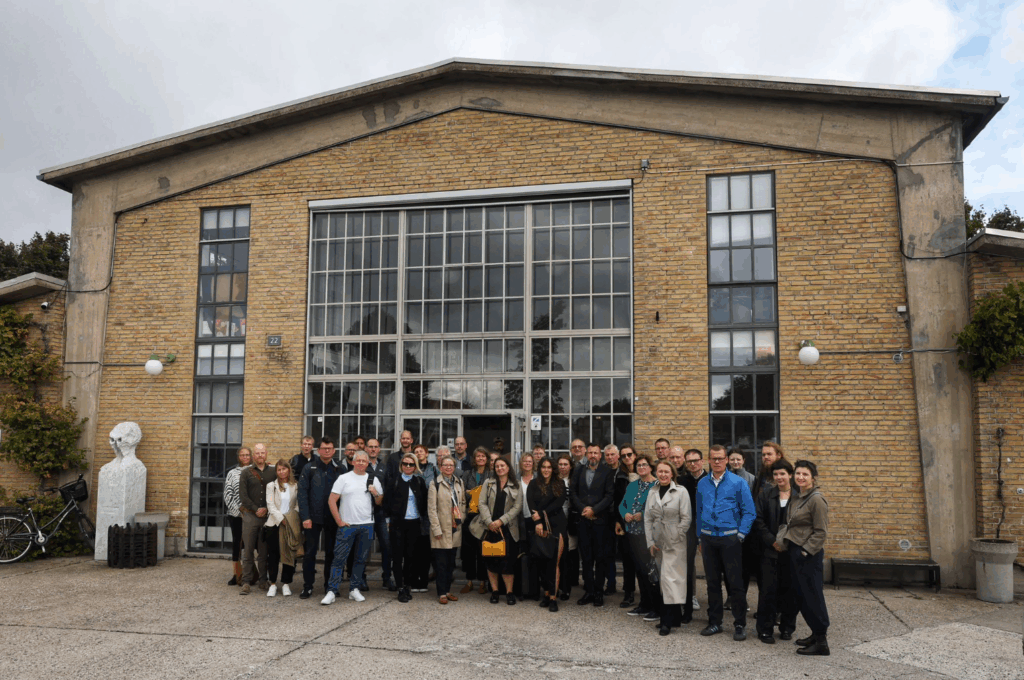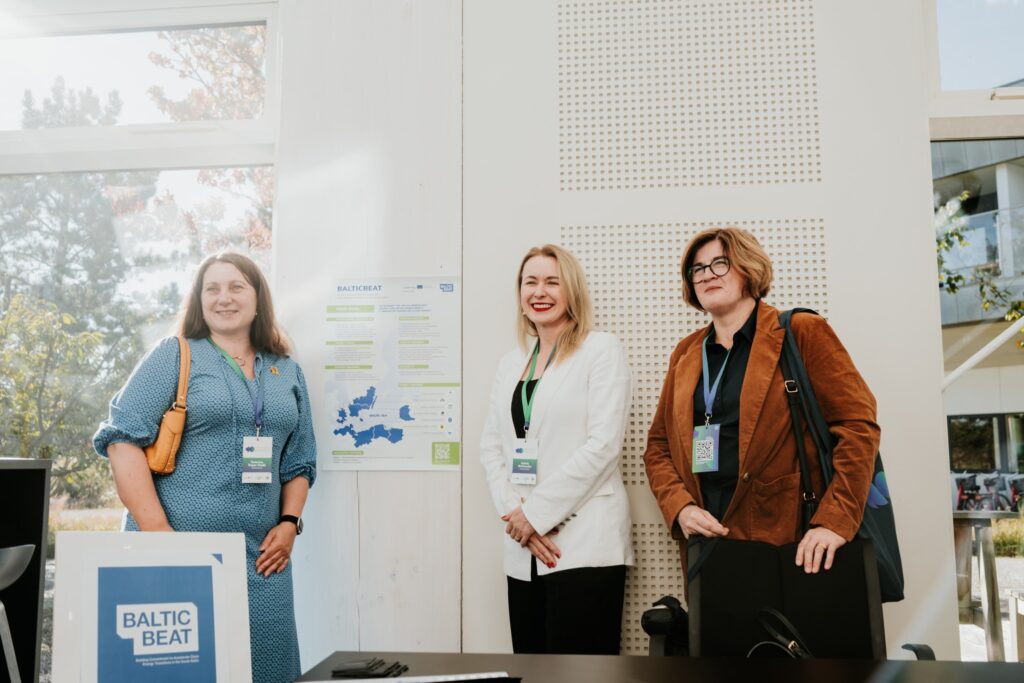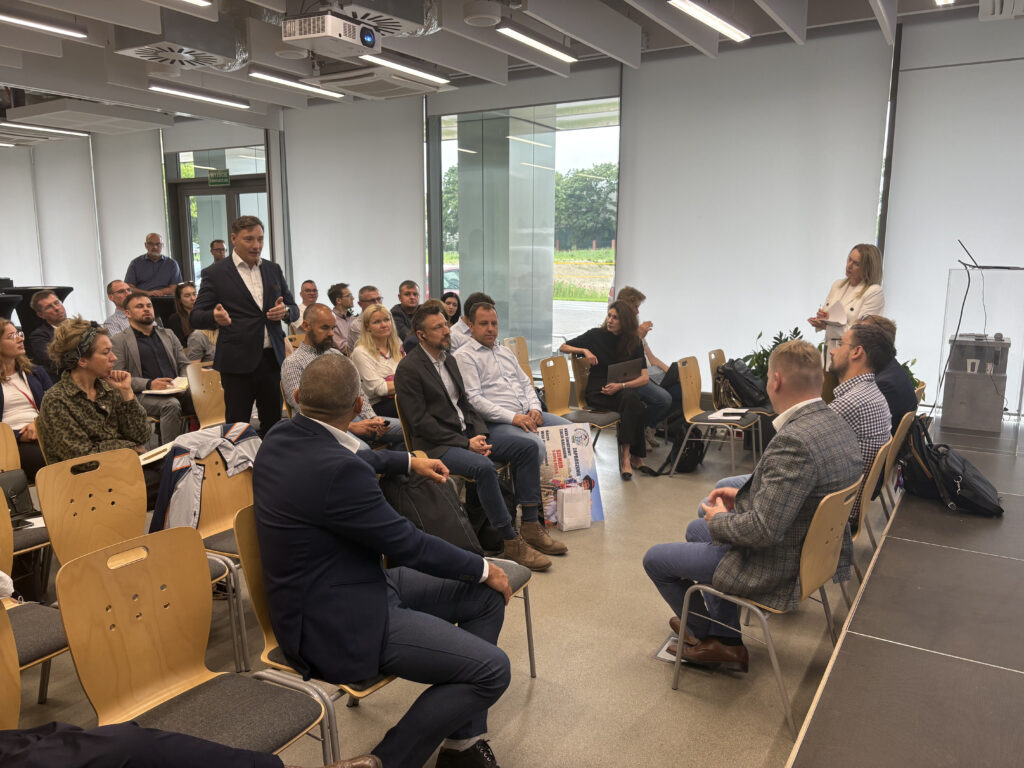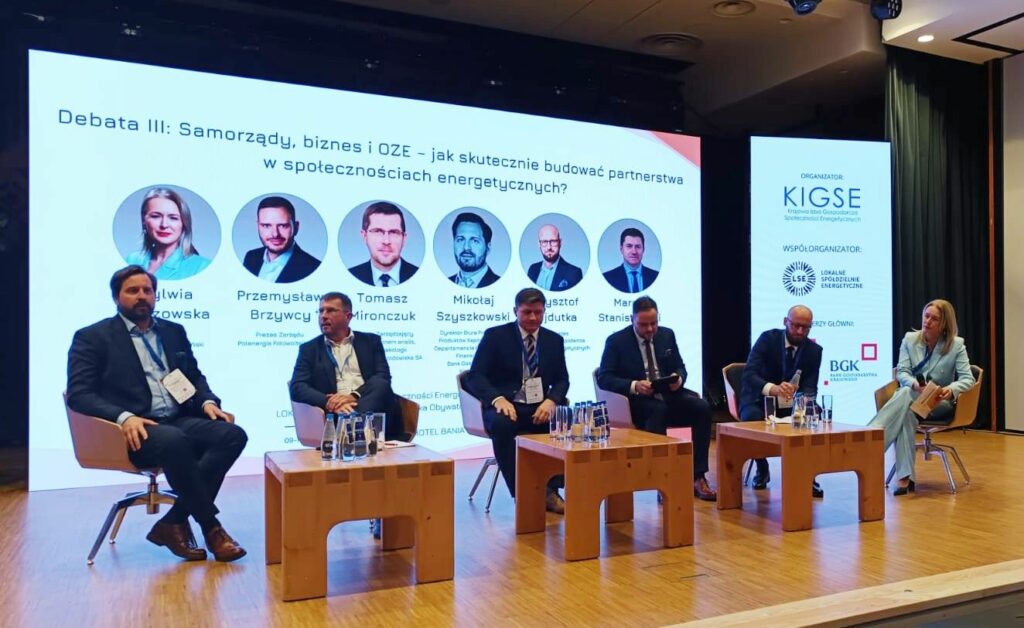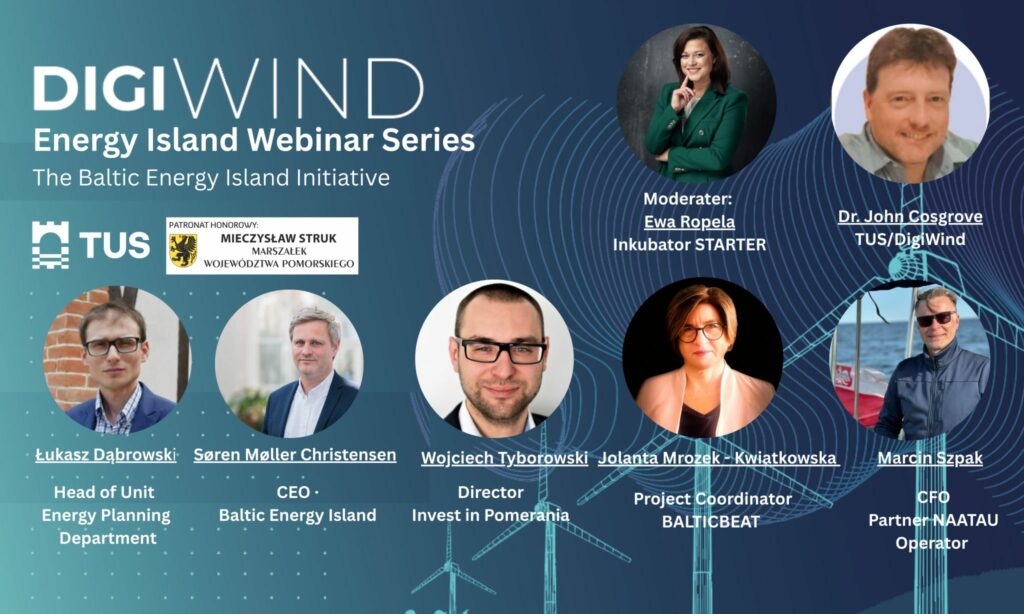In the world of renewable energy, there is more and more talk about new forms of cooperation: energy clusters, energy cooperatives and citizens’ energy communities (OSEs). Each is a different route to local independence, sustainability and integration of residents. But what are the differences? And which form to choose?
Energy cooperative – neighbourhood cooperation for energy
It is a form of activity regulated by the RES Act (Ustawa o OZE) and the Cooperative Law (Prawo Spółdzielcze). It can only operate in one municipality or two neighbouring municipalities and brings together natural persons, legal entities and local government units. It operates on the basis of statutes and has legal personality.
Its purpose is the joint production and consumption of energy from RES for the needs of its members. It cannot sell energy externally, which makes it ideal for small, integrated communities, such as villages, settlements or rural municipalities.
Energy cluster – a regional coalition for self-sufficiency
This is a civil law agreement concluded by various entities: local governments, businesses, educational institutions and individuals. The aim is to work together to produce, distribute, store and trade energy.
Clusters can enter into agreements with grid operators and sell energy to the grid – even outside their cluster. They are more flexible than cooperatives, but require better coordination and organisational facilities.
OSE – Citizen energy for Europe
The Citizen Energy Community (CEA) is a solution introduced into Polish law as a result of the implementation of the EU IEM Directive (2019/944) . OSE does not operate for profit – its mission is to create environmental, social and economic benefits. An OSE can generate, consume, store and sell energy. Importantly, it can have a flexible structure: associations, non-profit companies, foundations – depending on the needs of the community.
a cooperative is the most limited – it operates locally and cannot sell commercially
a cluster has greater reach and flexibility – it can run a business and raise revenue
OSE has the greatest integration potential – it brings citizens, local governments and small businesses together around a common goal, often in an open formula that allows for broad public participation.
